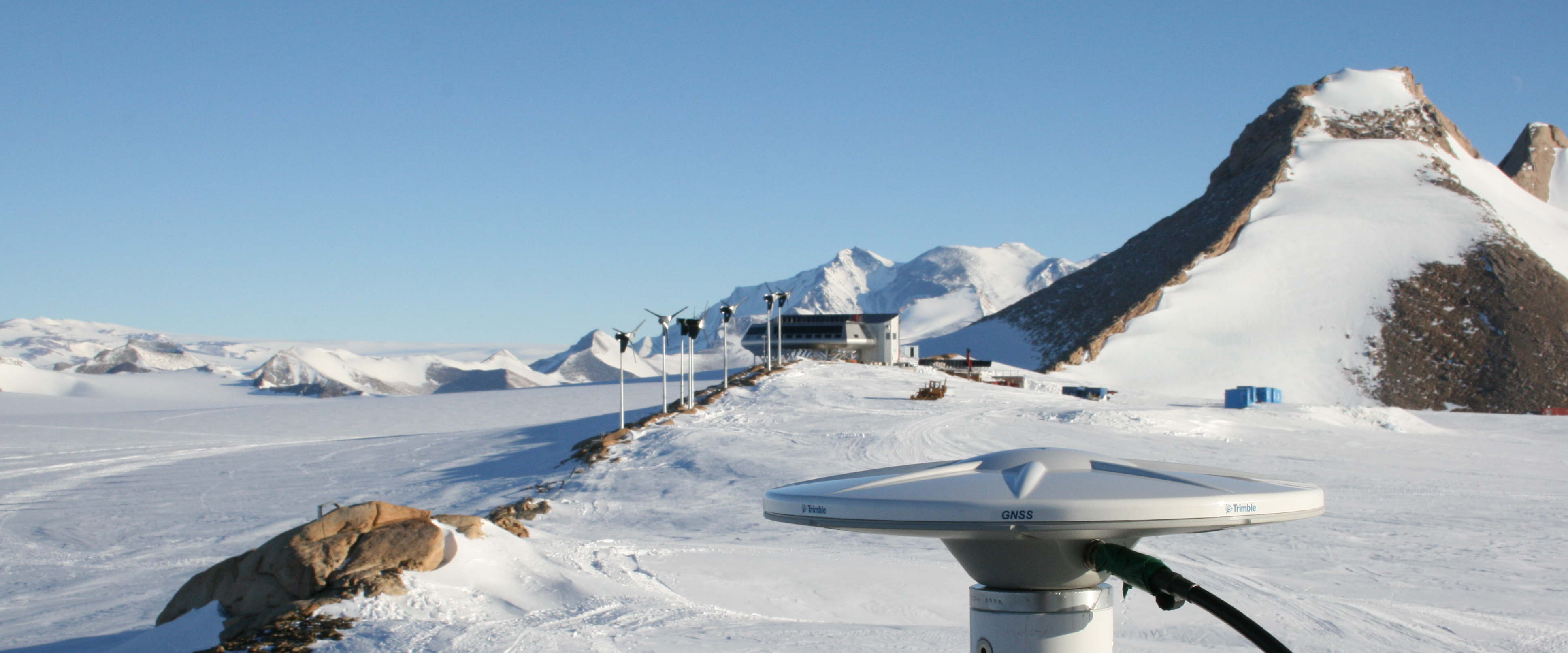Atomium
Apr 09, 2010 by ROB
Overview
Atomium is a software developped by the ROB for geodetic positionning and time transfer. Based on GNSS code and carrier phase measurements analysis, it was originally dedicated to perform Precise Point Positioning (PPP), but it can also perform GNSS based time and frequency transfer in Single Difference mode. The PPP procedure is fully described in (Kouba-Heroux 2001). It uses a least-square adjustment to estimate several parameters :
- Station position
- Station clock synchronistation error (with the respect to the satellite clock correction time scale)
- Tropospheric zenith wet delay
- Phase ambiguities (float)
Atomium is based on the ionosphere-free combinations of L1 and L2 carrier phase measurements and P1 and P2 pseudorange measurements, named L3 and P3 respectively. The observation can be used at 5-minute or 30-second sampling rate.
Main Features
- Performs PPP and single difference Time Transfer at the 0.1 ns precision level
- Compued station position in PPP at the cm level
- Allows to combine GPS and GLONASS observables in PPP and in single differences
- Possibility to correct the measurements for second and third order ionospheric delays
- Possibility to change the sampling rate of the tropospheric zenith wet delay estimation and to constrain its evolution
- Several troposphere mapping function implemented (NMF and GMF so far)
- Adjustable threshold for the data screening
- Pseudorange smoothing
Modelling
- Earth Tide
- Station position is corrected for its time variation due to degrees 2 and 3 solid Earth tides as given in the IERS convention (McCarthy-Petit 2003). The rotational deformation correction on station position due to Earth pole mean motion are also taken into account in the station motion.
- Ocean loading
- The FES 2004 model (Lettier et al 2004) is implemented in order to correct ocean loading displacements.
- Troposphere
- The hydrostatic part of the tropospheric delay is computed with the Saastamoinan model of dry atmosphere (Saastamoinen 1972).
- The tropospheric mapping function implemented in Atomium are the Niell mapping function (Niell 1996) and Global Mapping Function (GMF, Boehm et al 2006).
- The wet part of the zenith path delay is estimated in the least-square adjustment.
- Ionosphere
- The ionosphere free combination is used to eliminate first order perturbations. Higher order ionosphere effects (second and third order delays on code and phase) are implemented as described in the latest IERS 2009 conventions.
- Satellite orbits and clocks
- The satellite positions are obtained with a Neville interpolation on 12 points of the IGS orbit files.
- The satellite clock correction are taken from the IGS CLK files in which the sampling rate is 5 minutes.
- For receiver measuring only C1 and P2 pseudorange measurements, the satellite biases C1-P1 provided by CODE are removed from the C1 pseudorange measurements.
- Antenna Phase center variations
- Both satellite and receiver antennas are corrected for respectively nadir-dependent and elevation-dependent phase center variations. Since GPS week 1400, absolute corrections provided by the IGS (file igs05.atx) are applied (Gendt 2006).
- The carrier-phase measurements are corrected for phase windup (Wu et al 1993) taking into account the satellite attitude and eclipse events.
- J. Kouba, P. Heroux, 2001
GPS Precise Point Positionning using GPS orbit products,
GPS solutions, 5, 12-28, 2001 - D. McCarthy, G. Petit, 2003
IERS Conventions 2003
IERS Technical note on "Displacement of Reference Points" - T. Lettelier, F. Lyard, F. Lefebre, 2004
The new global tidal solution: FES2004,
Jason SWT Meeting Abstracts, St Petersburg, Florida, November 2004. - J. Saastamoinen, 1972
Atmospheric corrections for the troposphere and stratosphere in radio ranging of satellites,
Geophysical Monograph 15, Use of Artificial Satellites for Geodesy, 247-251, AGU 1972 - A. E. Niell, 1996
Global mapping functions for the atmospheric delay at radio wavelengths,
Journal of Geophysical Research, 101(B2), 3227-3246,1996 - J. Boehm, A. Niell, P. Tregoning, and H. Schuh, 2006,
Global Mapping Function (GMF): A new empirical mapping function based on numerical weather model data,
Geophysical Research Letters, Vol. 33 - G. Gendt, 2006
IGS absolute antenna file -igs05.atx,
IGS electronic mail, Oct 18 2006, Message number 5444 - J.T. Wu, S. C. WU, G.A. Hajj, W.I. Bertiger, S.M. Lichten, 1993
Effects of antenna orientation on GPS carrier phase,
Man. Geodetica 18, 91-98, 1993 - P. Defraigne, N. Guyennon,
Atomium : a new tool for time and frequency transfer in PPP mode
TAI working group, Paris, september 2006. - N. Guyennon P. Defraigne, C. Bruyninx.
PPP and phase-only gps time and frequency transfer
27th EFTF proceedings, pages 904–908, 2007. - P. Defraigne, Q. Baire, N. Guyennon, 2007.
Time and Frequency Transfer from PPP using GLONASS and GPS data
Proc 27th EFTF, Geneva, mai 2007. - Baire Q., P. Defraigne
Combining GPS and GLONASS for Time and Frequency Transfer
28th EFTF proceedings, 2008. - P. Defraigne, N. Guyennon, C. Bruyninx,
GPS Time and Frequency Transfer: PPP and Phase-only analysis
Intern. Journ. of Navigation and Observation, Volume 2008 (2008), Article ID 175468 - Pireaux S., P.Defraigne, N.Bergeot, Q.Baire, C.Bruyninx
Influence of Ionosphere Perturbations in GPS Time and Frequency Transfer
40th Annual PTTI Systems and Applications Meeting proceedings, 2008.

